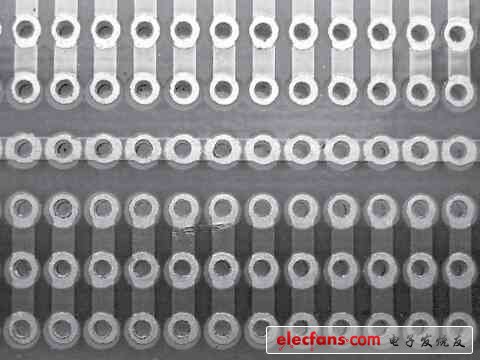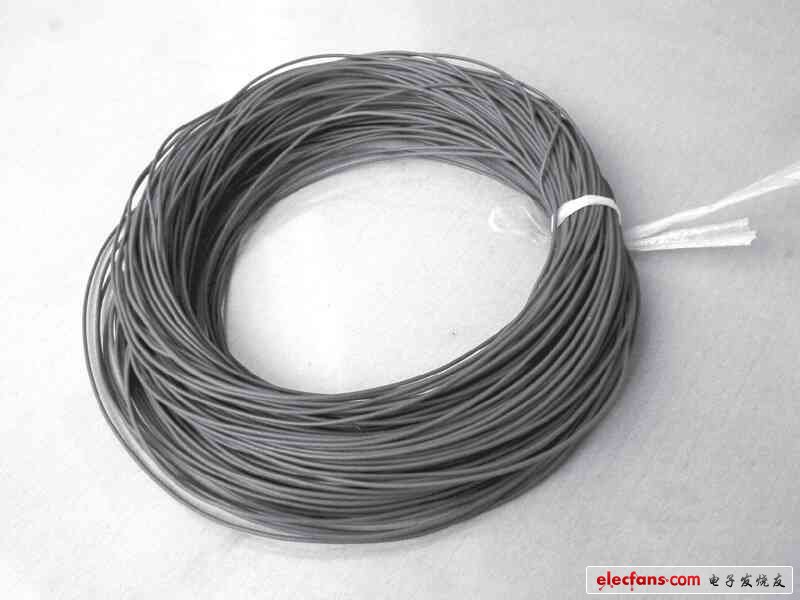Universal circuit boards are commonly known as "hole plates." Compared with professional PCB plate making, the hole board (universal circuit board) has the following advantages: low threshold, low cost, convenient use and flexible expansion. For example, in the electronic design competition for college students, the work usually needs to be completed in a few days, so most of the holes are used.
Choice of hole plate
There are two main types of hole plates currently on the market. One type of pad is independent (Fig. 1, hereinafter referred to as a single hole plate), and the other is a plurality of pads connected together (Fig. 2, hereinafter referred to as a perforated plate) ), single-hole plates are divided into single-panel and double-panel. According to the author's experience, the single-hole board is more suitable for digital circuits and single-chip circuits, and the perforated board is more suitable for analog circuits and discrete circuits. Because digital circuits and single-chip circuits are based on chips, circuits are more regular; analog circuits and discrete circuits are often more irregular. The pins of discrete components often need to be connected to multiple wires, so it is convenient if multiple pads are connected together. Of course, this is not absolute. Everyone's preferences are different. It is OK to choose to use them more easily.

Figure 1 single orifice plate

Figure 2 perforated plate
In addition, the reader needs to distinguish between two different material hole plates: copper plate and tin plate. The copper pad is bare copper, which is golden yellow. It should be stored in paper to prevent the pad from oxidizing. If the pad is oxidized (the pad is tarnished and not suitable for tin), you can use a cotton swab. Wash with alcohol or with an eraser. The surface of the pad is plated with tin. The pad is silver-white. The substrate of the tin plate is harder than the copper plate and is not easily deformed. Their prices are also different. Take a single panel of 100 cm2 (10cm & TImes; 10cm) as an example: the price of copper plate is 3~4 yuan, the price of tin plate is 7~8 yuan, and generally no more than 8 cents per square centimeter.
Preparation before welding
Sufficient thin wires (Figure 3) need to be prepared for routing before soldering the hole plate. The thin wires are divided into single-strand and multi-strand (Fig. 4): single-strand hard wires can be bent into a fixed shape, and can be used as a jumper after peeling; multiple thin wires are soft in texture and appear to be more welded. Messy.

Figure 3 Thin wire

Figure 4 Multi-strand and single-strand fine wire
The hole plate has the characteristics of tight pads, which requires our soldering iron tip to have high precision. It is recommended to use a pointed soldering iron with a power of about 30W. Similarly, the solder wire should not be too thick. It is recommended to select a wire diameter of 0.5~0.6mm.
Stainless Steel Piano Wire,Ss Piano Wire,Stainless Steel Spring Piano Wire,Piano Wire Stainless Steel
ShenZhen Haofa Metal Precision Parts Technology Co., Ltd. , https://www.haofametal.com